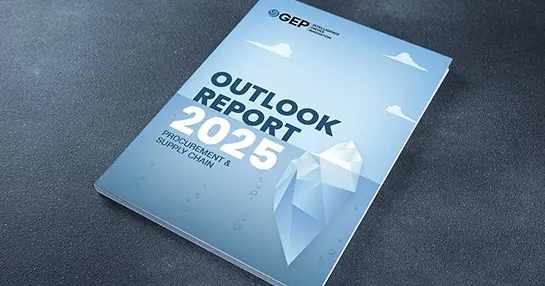To thrive amid a volatile business environment, you need to make cost management an everyday way of life. With zero-based budgeting (ZBB), you get insights into true spend and rapid cost takeout to embed a culture of accountability for ongoing costs.
Our structured approach to ZBB allocates funding based on program efficiency and to the point of use rather than budget history or ownership. ZBB provides procurement and finance teams forensic-level insight into true spend types and their end-use locations to benchmark and target cost reduction across people, property, direct and indirect spend.
Drive Sustainable Growth and Profitability with ZBB
GEP helps reduce total operating costs by combining forensic insights with benchmarking to set clear targets. Using ZBB, we reset baselines and extract costs through demand, cost, structure, and process levers. We embed a culture of cost consciousness and support category and budget governance. We analyze spend, map total costs to value chain activities, identify value-adding processes and select the right levers to optimize outcomes and the cost base.

“GEP is uniquely positioned to advise clients, bringing its category and transformation expertise to help clients achieve their specific organizational, supply management and process efficiency objectives.”
ALM Intelligence
Value Beyond Cost Reduction
GEP’s ZBB solutions go beyond cost reduction to unlock strategic value and help you:
- Improve financial performance by reducing SG&A between 15 percent and 35 percent
- Free up working capital and non-working dollars for investment in growth
- Gain competitive advantage by repositioning the cost base and getting insight into fixed and variable costs
- Enable agility and flexibility to respond to changing market and demand
- Understand spending patterns compared with the industry and competitors
- Create a culture of accountability and cost consciousness while maintaining high levels of productivity and output





















